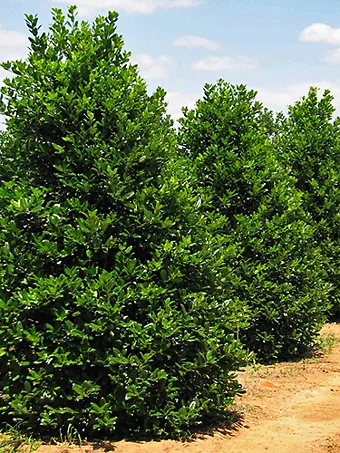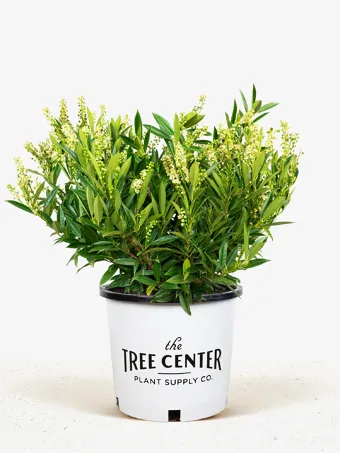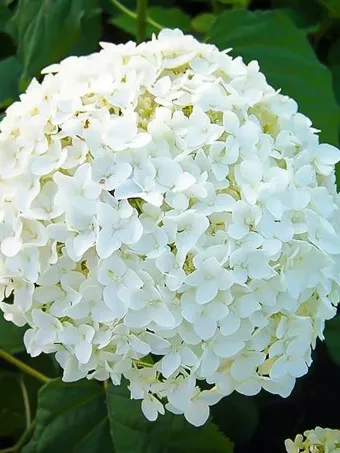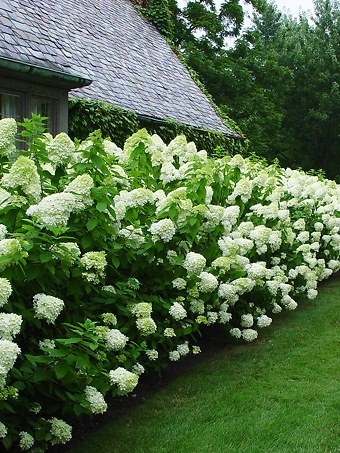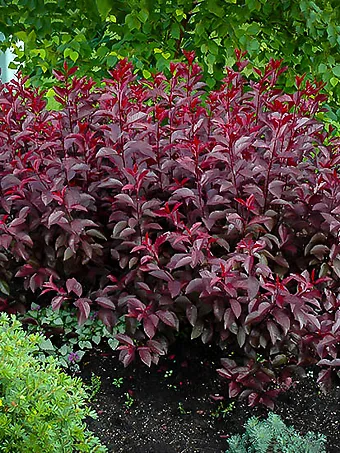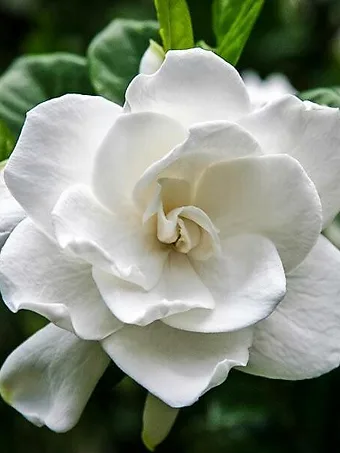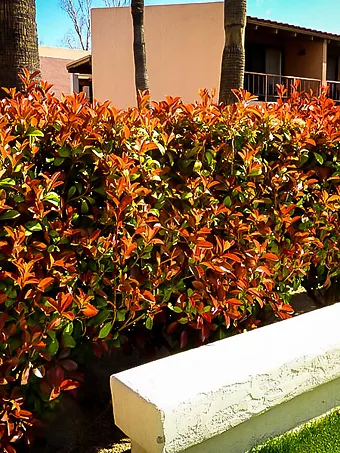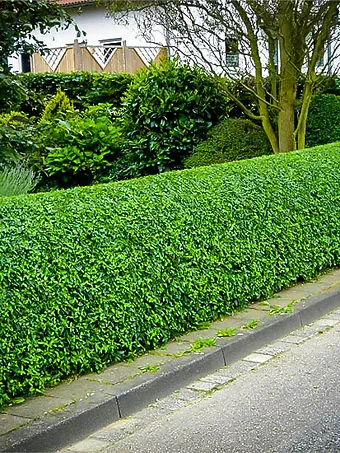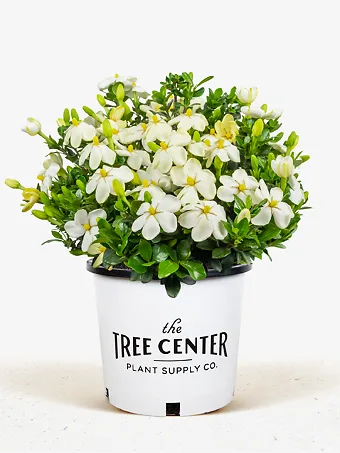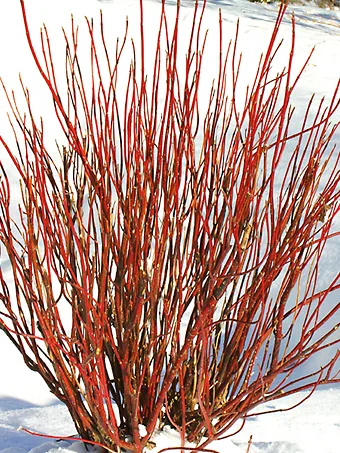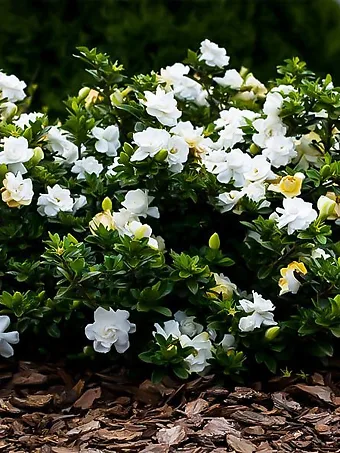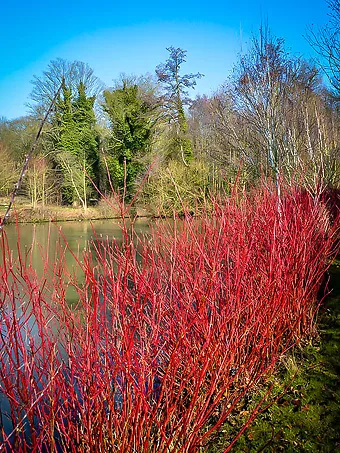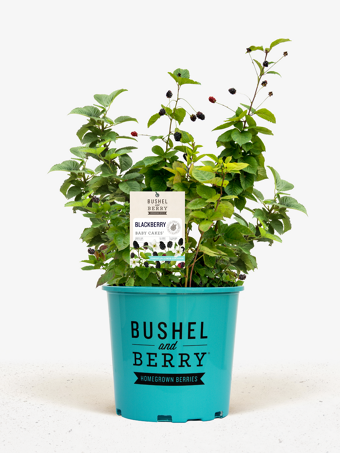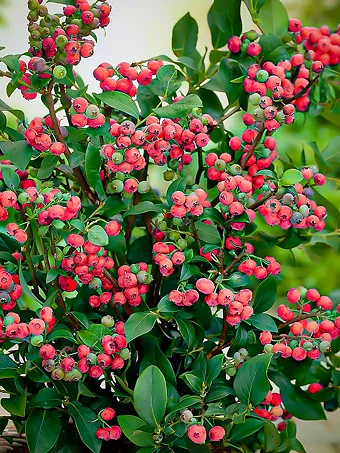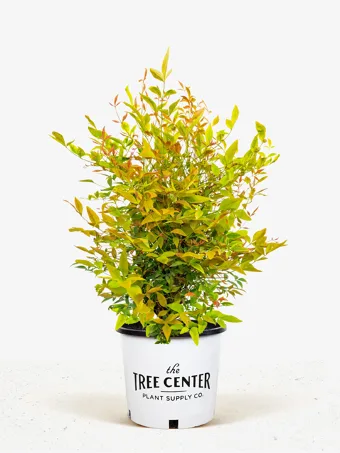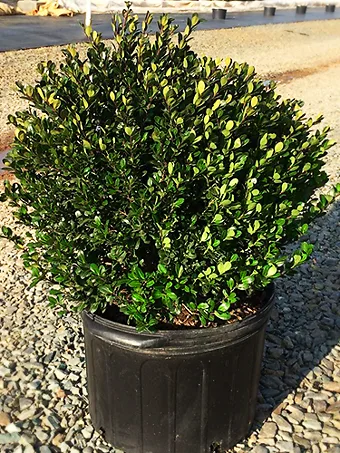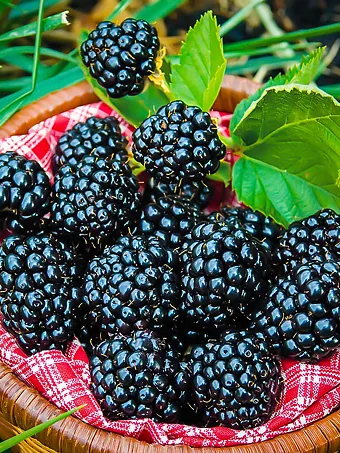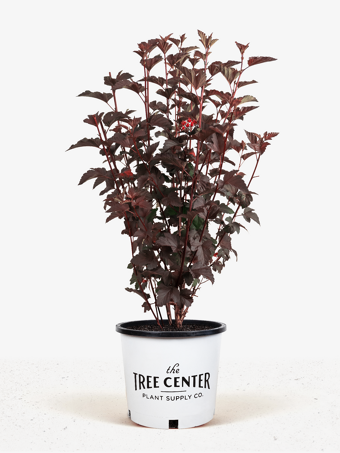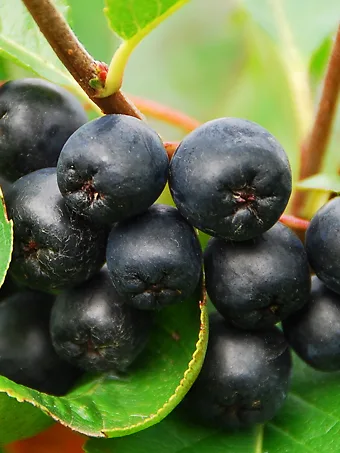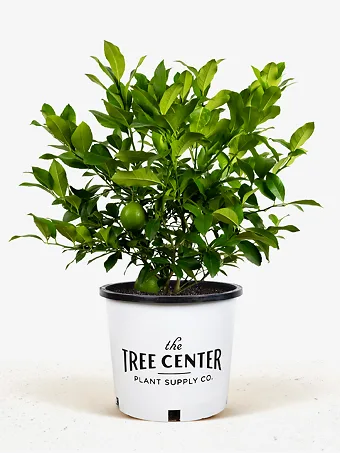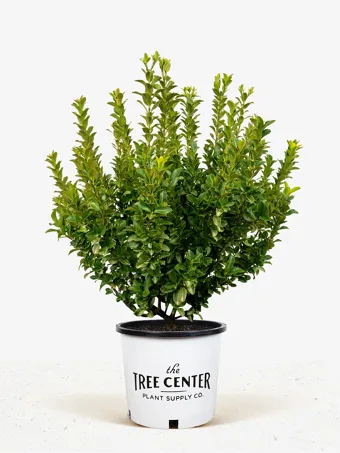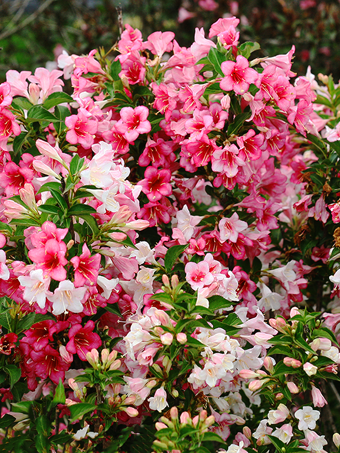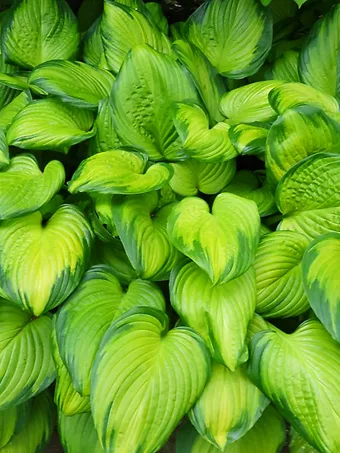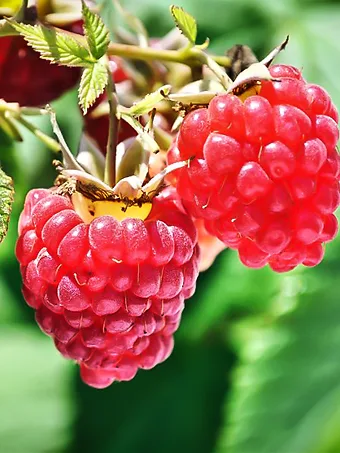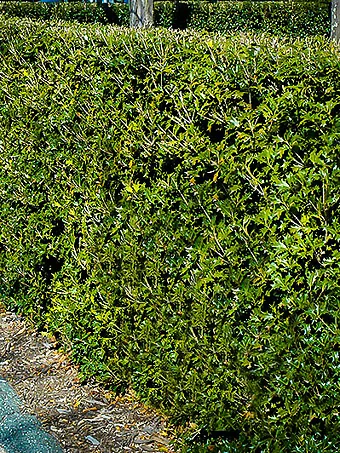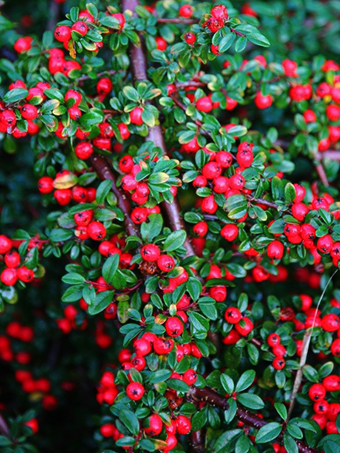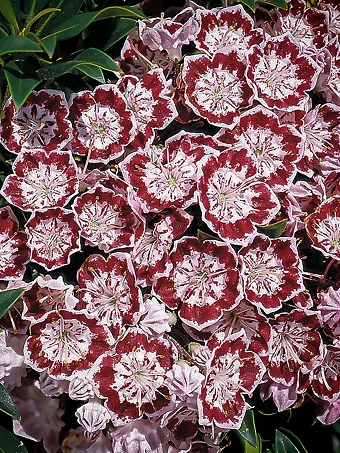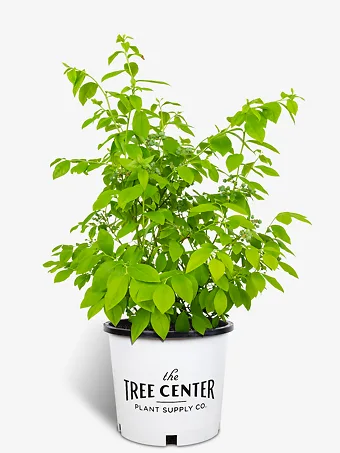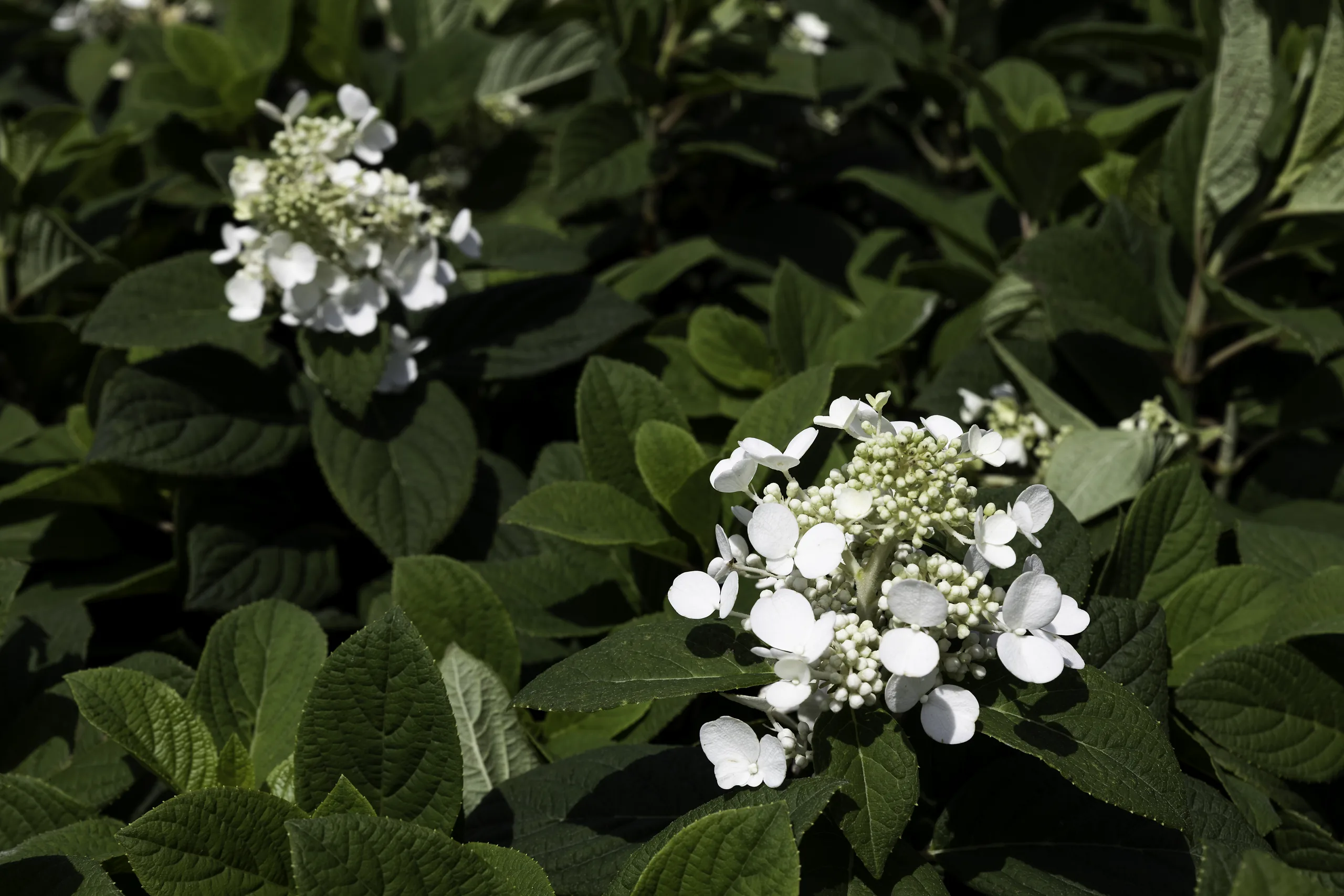
Written by s • 5 Ways to Make a Beautiful Garden with White-flowering Shrubs
It doesn’t take long, once you start gardening, to start thinking about color. Yes, it is very important to arrange your beds using interesting shapes – a blend of vertical, rounded and horizontal forms. But paying attention to color lifts your garden to a higher level, and while arranging the foliage colors attractively – mixing golds, silvers and blues in with those greens – is a key design element, most people plant for flowers, so considering their color is just as important. It is all too easy to end up with a garden of random colors, but look at those garden pictures you admire and you will see that a lot of attention has been paid to coordinating the flower colors, just as a decorator does with the inside of your home.
We could get into complex color theory, but there is one ‘safe’ color that always looks good, no matter where it is, and that is white. Yes, white, the flower color that is often ignored, but that is probably the most satisfying, and satisfactory, color you can use in your garden.
5 Reasons to Grow White Flowers
- White never clashes with any other colors in your garden
- White makes darker colors look more effective
- White looks bright and visible even in shady areas
- White is lovely in the evening and in cloudy weather
- There are shrubs with white flowers for every season
Never Clashes With other Colors
It’s surprisingly easy to make nasty color clashes in your garden, mixing pinks and oranges, for example, and that ‘off’ look drags down the beauty of your garden. Blue is a useful color too, that rarely looks out of place, but blue flowers are relatively scarce, so it’s not a good choice for wide planting. The universal color – white – that contains all other colors, is often seen, and it is guaranteed never to clash or look out of place. In fact, white, by diluting a heavy look, helps soften clashes that you might have, and placed between other colors it will often turn ‘ugly’ into ‘charming’. If you have planted a shrub you love, and then realize it doesn’t look good with another shrub beside it, try to fit something white in between, or in front – it will work wonders.
White Makes Dark Colors Look Better
When we are looking at pictures, or up close at a plant, those dark, rich reds and purples really attract us. When we put them into the garden it can be a different story, and they often disappear when not seen close up. There is a simple answer to that – plant something white – or with gray foliage – behind it and watch that color ‘pop’. When planting in groups, a line or cluster of white between dark colors will make a huge difference to have good your garden looks.
White Stands out in Shady Areas
This is certainly the best thing of all about white flowers. It is a great disappointment the first time we plant a dark-colored shrub in a shady spot – and see it instantly disappear. Keep those dark flowers for bright places, and when filling the shady areas that every garden has, go for pale colors and best of all, white. If you live in a very sunny climate, use white only in shady spots, as sunlight can make it look pale and thin, unless the flowers are large, like roses.
White Glows in the Evening
If you work, or are out all day, then you probably use your garden in the early evening. That is when white flowers look at their best. Then, and in the early morning, they catch they softer light, and look fresh and beautiful. If you get lots of cloudy and damp weather where you live, white will look great on those days, so you can plant it anywhere, in sun or shade.
There are White Flowers for Every Season
You can find white early in the year – perhaps with the Royal Star Magnolia, as well as all through summer with many different Hydrangeas, or brightening the fall with beautiful shrubs like the Autumn Lily Encore Azalea.
Some Top Choice Shrubs and Trees with White Flowers
Hydrangeas: We have hydrangeas today like never before. For partial shade they can’t be beaten, and they flower for so many weeks of the year – especially with reblooming types, they are incredible value for the space they occupy. Grow them along paths and driveways, or at the foot of a north-facing wall. And yes, you can mix in some light pink and (if your soil is suitable) some lovely blues as well. For something different – and show-stopping – plant the Snow Queen Hydrangea, a selection by plant-expert Michael Dirr of our native oak-leaf hydrangea. On a bush that is about 6 feet tall and wide you get wonderful lobed foliage that turns red in fall, and huge panicles of pure white blooms. This is a plant that will take more sun and dryness than the more usual mophead varieties, so it’s incredibly versatile.
Of course, it’s the mopheads that we turn to for the longest blooms, because so many today bloom on new stems – making them ideal in colder zones – as well as on branches from the previous year. One of our personal favorites is Invincibelle Wee White, a rebloomer that is under 3 feet tall, but with large blooms that keep on coming for months. Don’t forget the modern varieties of that old classic of colder zones, the PG Hydrangea. Bobo is a smaller variety with more rounded flower heads, while Limelight is incredibly popular.
We are still waiting for the arrival of the exciting and different Wedding Gown Hydrangea, also known as ‘Dancing Snow’. This very different Japanese variety of mophead has large, white, double flowers surrounding a center of small, but double, green-white flowers. It is stunning, so if it doesn’t come up on a site search, check back – the wait will be worth it.
Flowering Trees: we already mentioned the Royal Star Magnolia, which does need good soil, but there is another white-flowering tree known for toughness and adaptability, and that’s the Cleveland Flowering Pear. It might not have edible fruit, but a tree in bloom will stop you in your tracks. The Sugar Tyme Crabapple is another lovely spring tree, with the bonus of clusters of red fruits for winter decoration. Unbeatable for beauty, and perfect in dappled shade, is the White Kousa Dogwood, another stunning choice you could make.
Flowering Shrubs: not quite a true shrub, the Shirley Temple Peony is too good not to have in your white collection, and nothing beats a white lilac, perhaps Miss Ellen Wilmott, a true beauty.
We could keep going, so please browse our catalog for more, but just as you are going, take a look at White by the Gate, a wonderful camellia that perfectly captures the special and unique charm of white flowering shrubs and trees.
